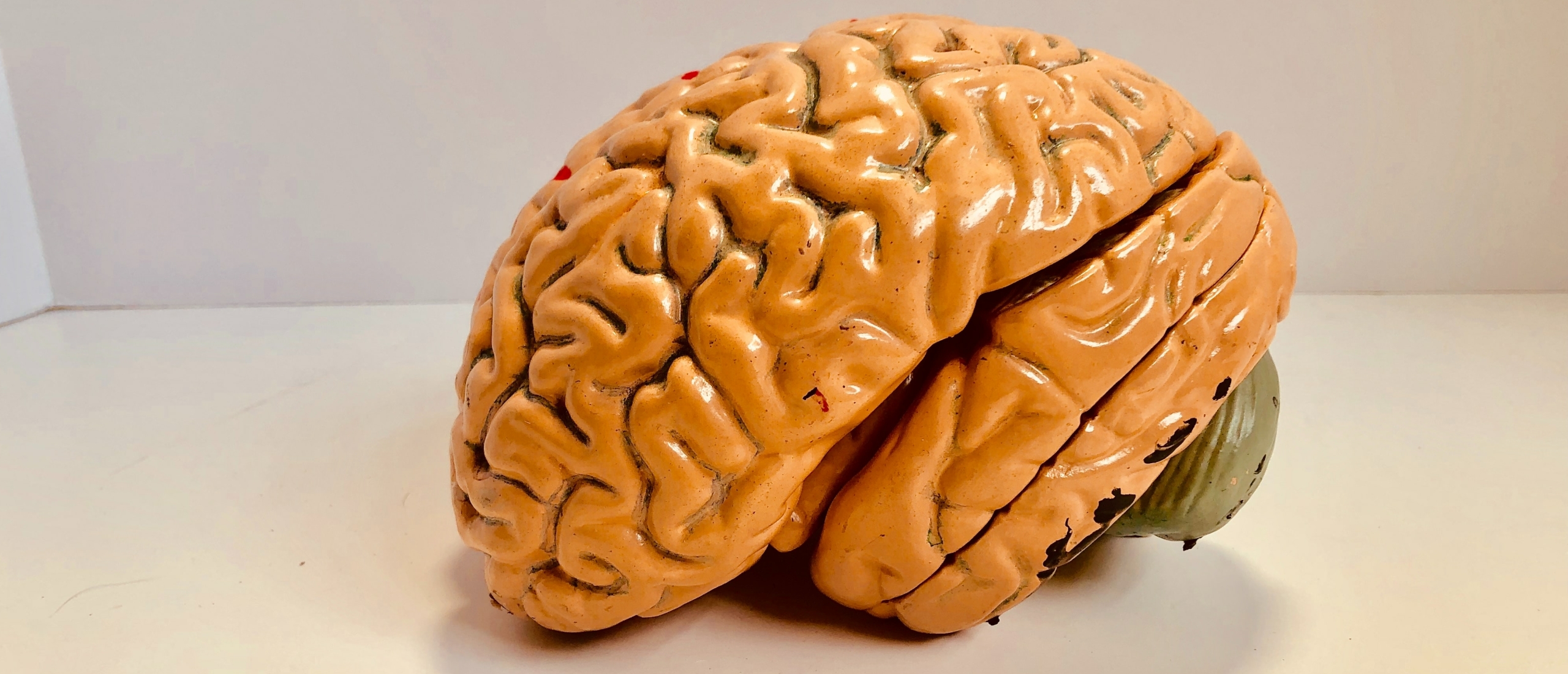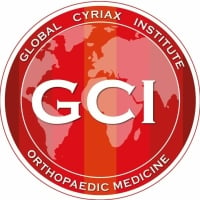
How to avoid "artificial hypercomplication" in the Cyriax strategy??
There's too much “artificial hypercomplication” in musculoskeletal clinical examination procedures!
As musculoskeletal therapists we have an “armageddon” of different test procedures at our disposal, very much dependant of which methods or approaches you are familiar with or you like. It’s not difficult to find 75 different “tests” which are used e.g. in examining a lumbar patient.
So, that could be quite confusing 😊
What about the validity and relevance of all those different procedures?
Apparantly many of us like stick to our own beliefs, which is more comfortable of course. I am still surprised that many therapists around the world seem to “fly high in the sky where the sun is always shining” driven by a series of complicated theories and procedures but we may not forget that “flying without knowing how to run, makes the landing quite painful”. In this blog article I just want to go back to solid basics, which of course is not an end-point but rather a starting point in objective clinical reasoning.
When it comes to functional/clinical examination I believe it is very important to point out that there is a difference in examination strategy of the joints in the extremities, compared to examining a spine patient. The Cyriax testing procedure in both situations is different and there are some good reasons to do so.
In the extremities very often we can reach quite a specific and useful diagnosis, whereas in the spine, the diagnosis very often is aspecific.
Why should you loose time by learning dozens of " (palpation)tests" which often are irrelevant and bring more confusion? Perhaps you don't perform enough tests, and you jump to conclusions too fast? Objective clinical reasoning is quite a challenge...and that's exactly what you will learn during the, world wide unique, Mastermind private training in orthopaedic medicine Cyriax. This is probably the best investment in your continuing education career (based on the feedback of the "Masterminders").
So, let's have a closer look now to the functional examination:
What’s the purpose of our clinical examination?
- Are the patient’s symptoms the result of a local problem or are they referred?
- Can we establish a useful and relevant diagnostic hypthesis?
- Is it a “specific” or rather “aspecific” diagnosis?
- What happens on repetitive testing?
- Does the result have an impact on the chosen treatment strategy?
In other words, when you are confronted with a patient who suffers from a shoulder problem, can you make the clinical distinction between :
- Local or referred origing?
- If local, is it
- A severe arthritis
- An infraspinatus tendinosis
- A chronic subdeltoid bursitis
- Or an AC-joint problem?
When we suspect a local problem in the extremities we mostly use a combination of passive and resisted tests. Exceptionally we use active tests. It is useful to determine if the patient has an “intert” and/or “contractile” lesion (keep in mind, in the spine we apply a different logic).
Why ?
During an active movement both contractile and inert structures are “in action”. So, if a patient states he has pain or limitation on performing an active movement we cannot make the clinical distinction between a lesion of a contractile or an inert structure. Therefore active test movements are not very useful in the extremities.
An active test movement, however, can provide us some information on the patient’s willingness to perform the movement. Sometimes this could be useful to discover a “simulating” patient.
Therefore we prefer to concentrate more on the use of passive and resisted movements.
Passive test movements?
Passive tests are performed until we reach the real end of the movement, followed by some slight overpressure.
Those tests are the main tests for the integrity of the intert structures.
We have to test three variables :
- Pain
- Where, when, how much
- Range of motion
- Normal, too much, not enough
- End feel (typical Cyriax :))
- Normal of pathological
Resisted test movements?
Resisted tests are performed from a neutral postion (so that we create as less tension as possible on inert structures) ; we ask for a maximal isometrical contraction.
Those tests are the main tests for the integrity of the contractile structures, but are not always "specific".
We have to test two variables :
- Pain
- Where, when, how much ; what is the effect of repetitive testing
- Force
- Normal or weakness
Of course, a passive test can also put strain on contractile structures and a resisted test could compress some inert structures. This is a challenge we face during the interpretation of the test results. More about this is other blog articles or on the Orthopaedic Medicine Academy download platform.
On performing a clinical examination, always ask yourself what exactly you are testing and which variables you are testing.
Also always question the validity of any test : does the test have a good intertester or intratester reliability ; is there a relevant specificity or sensitivity of the test ?
Finally, try to get as much information as possible by using a less tests as possible. There’s no need for excessive test procedures with too many tests.
Localizing signs?
Sometimes we find certain positive tests in the examination which help us to determine a more specific location of the lesion.
Example :
A shoulder patient has pain on resisted abduction, possibly pointing in the direction of a supraspinatus or a (rare) deltoid lesion. Imagine we also find a painful arc (i.e. a painful passage between two painfree passages during active/passive elevation).
The painful arc suggests something is temporarily squeezed in between humerus and acromion, thus excluding the deltoid, but pointing in the direction of the tenoperiosteal part of the supraspinatus.
A painful arc in the shoulder is a common clinical finding and could be related to a number of lesions. (I refer to other articles and films on our platform)
Palpation?
Palpation is probably one of the most overrated examination procedures. In the spine this very often leads to completely irrelevant findings and conclusions. In the extremities, the findings of palpation sometimes could be useful, but should always be based on the findings of the functional examination.
At rest we could feel warmth, swelling and synovial thickening. During a movement we also could feel the end feel or some crepitation, which are the ovbious things of course.
Once we determined the structure at fault, but we don’t know the more specific localisation of the lesion yet, then of course we could palpate for pain in this specific structure.
End feel?
On passive testing, we go for the end of the movement and then we slightly provoke at end range in order to test the specific end feel. There are normal and pathological end feels. Please don’t use any force, but merely perform a gentle provocation.
- Normal / physiological end feel
- Hard : e.g. elbow extension, knee extension
- Capsular (elastic) : e.g. rotations at shoulder, elbow, hip
- Extra-articular (tissue approximation) : flexion at elbow, hip.
- Patholigical end feel
- Too hard : e.g. osteoarthrosis
- Too soft : e.g. loose body in the elbow joint, extension has a softer end feel instead of hard
- Muscle spasm (involuntary or voluntary muscle contraction) : e.g. arthritis
- Springy block : e.g. meniscus subluxation causing a limitation of knee extension.
To conclude, we can reach a more useful diagnosis when we respect some basic characteristics of a functional examination procedure, but as I said before, this is a starting point and not en end-point.
Of course, in certain situations there is the need for complementary test procedures to get a better understanding of the patient’s clinical image.
So, let’s inspire eachother! In the meantime, together with the GCI-team, we go for your success in orthopaedic medicine!
